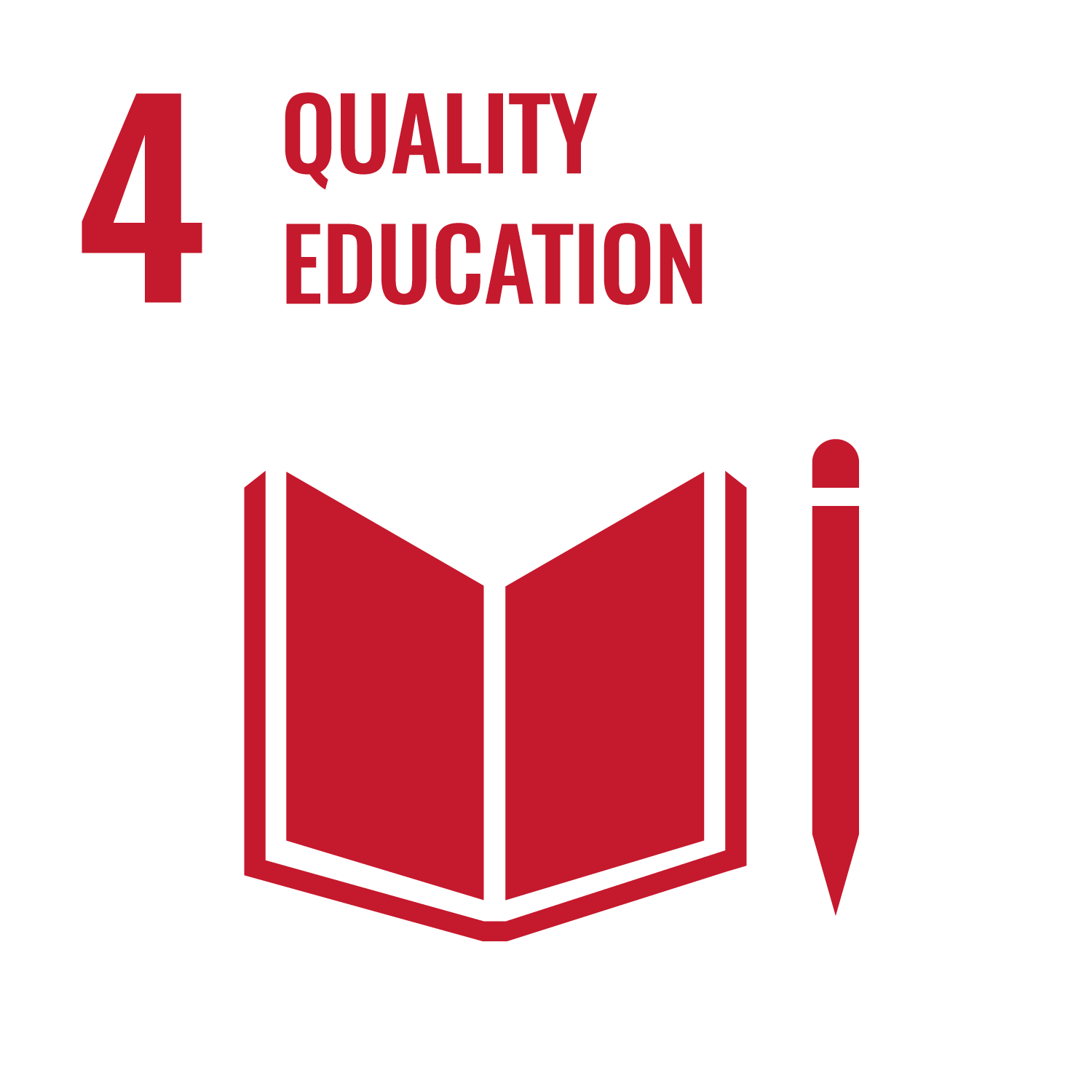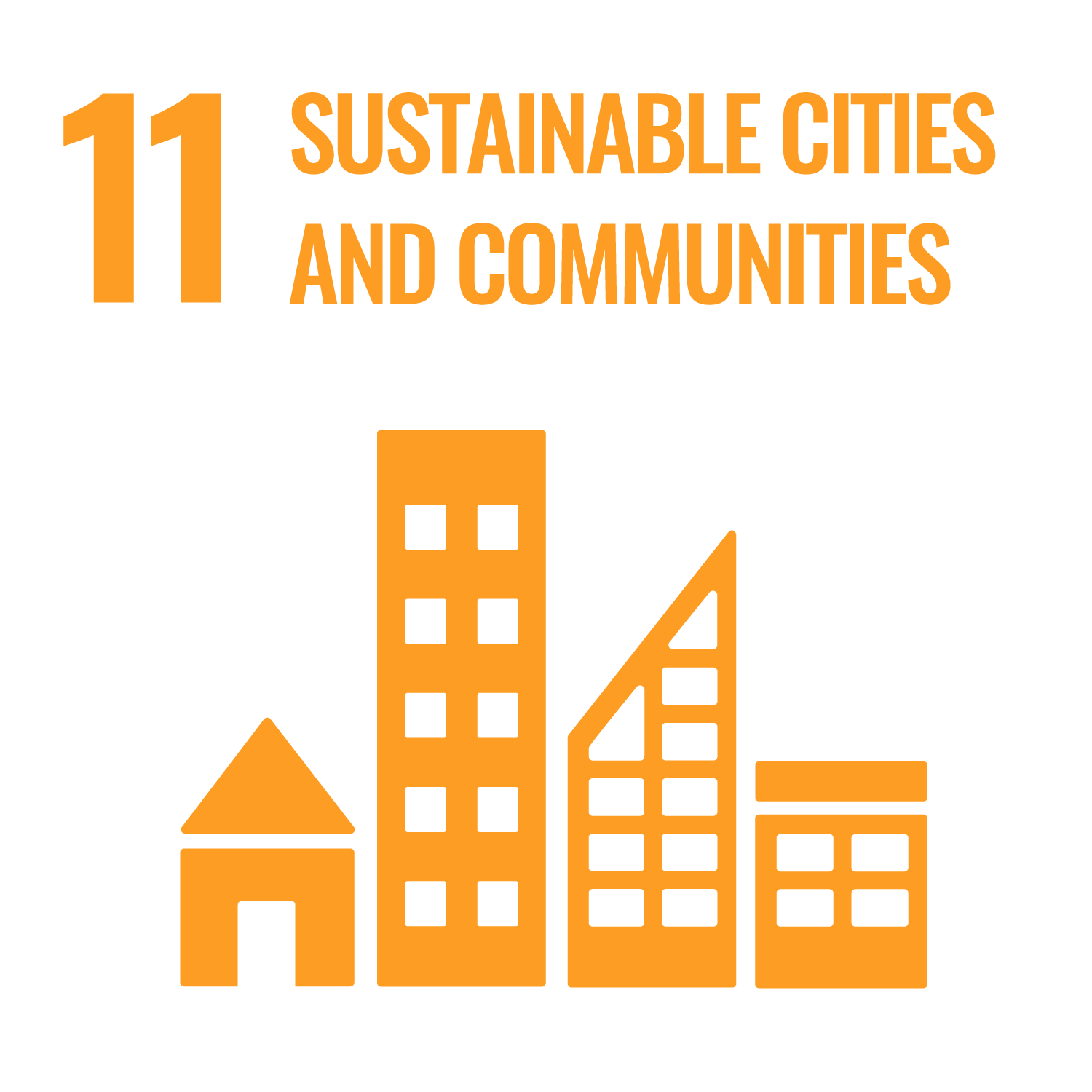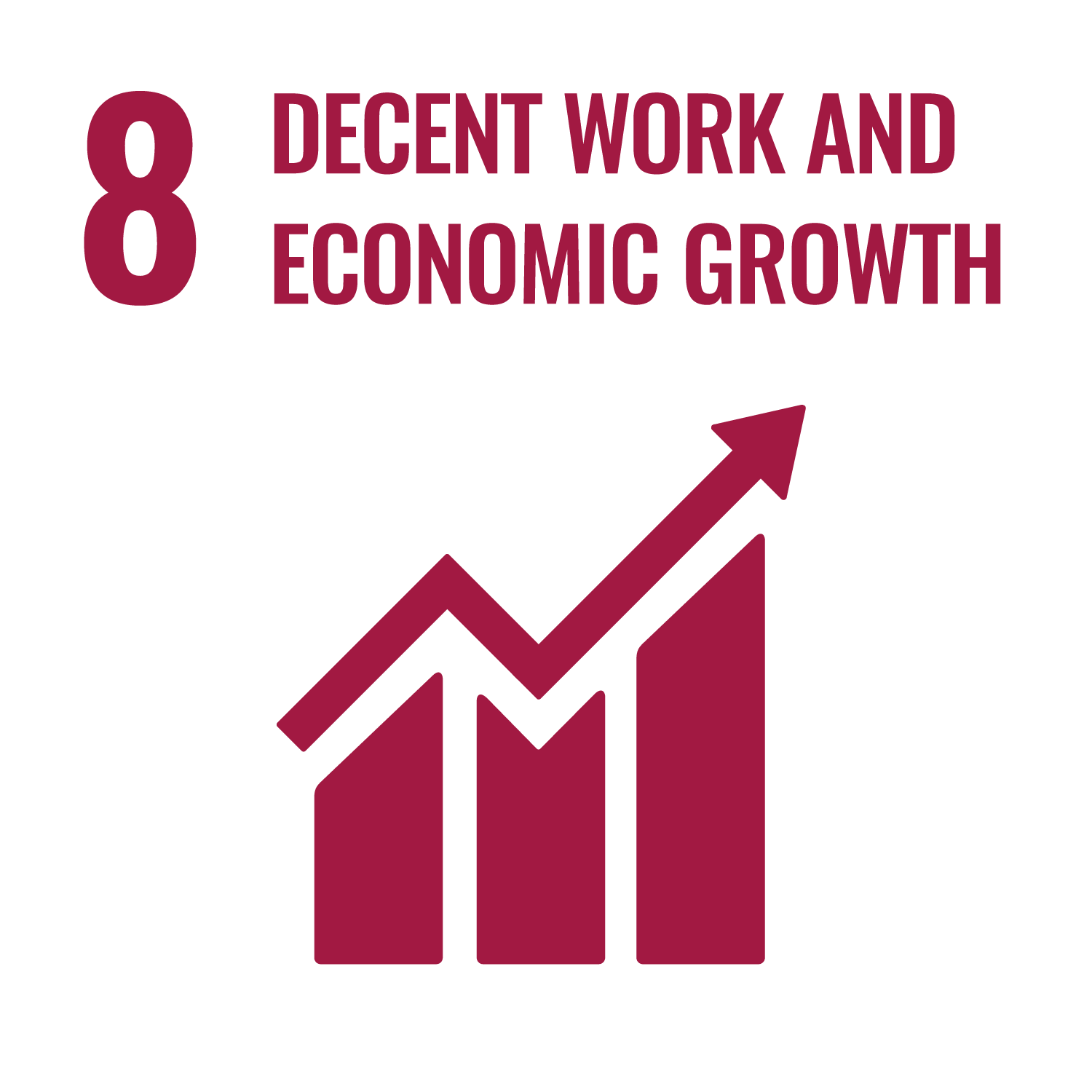NEWS
Thesis At UoB Calls for Investment in Space Sciences and Artificial Intelligence
Predicting the Dynamic Growth of Built Lands Against Green Areas in the Year 2050
Thesis At UoB Calls for Investment in Space Sciences and Artificial Intelligence
A scientific thesis at the University of Bahrain (UoB) called for building a geographical information base, using space science and artificial intelligence applications in monitoring green spaces and agricultural areas, and predicting their growth or decline rates, stressing the importance of adopting such artificial intelligence techniques in the Kingdom of Bahrain and investing in space sciences.
The thesis was submitted by the student in the Master of Engineering Management Ebrahim Al Bursaheed, as a requirement for obtaining a master’s degree in Engineering Management.
The examination committee discussed the thesis entitled “The Application of Remote Sensing Techniques in Monitoring Agricultural Areas in the Kingdom of Bahrain” with the researcher Al Burasheed.
The thesis discussed several technical, administrative and economic aspects on the importance of applying remote sensing techniques in the Kingdom of Bahrain and how to rely on satellite images as a primary source of ground observation information.
Also, the thesis was able to achieve integration between the employment of space sciences, artificial intelligence techniques and geographic information systems in developing viable economic solutions in the Kingdom of Bahrain to monitor agricultural lands and bridge the information gap in the same field.
As the researcher was able to study urban expansion in the Northern Governorate during the period from 2016 to 2020, and accordingly, the dynamic growth of built lands was predicted against green space during the years 2030 and 2050 through the application of the Multi-layer Perceptron (MLP) Neural Network algorithm. The results concluded that urban construction is expected to increase by 2048 hectares during the period from 2020 to 2050, and green areas and barren lands will shrink by 702 and 1340 hectares, respectively. On the other hand, the researcher was able to apply two types of deep learning algorithms.
The discussion committee consisted of the faculty member in the Department of Electrical and Electronic Engineering at UoB Dr. Mohab Abdulhameed Manjood as the thesis supervisor, a faculty member in the same department Dr. Ebrahim Matar as an internal examiner, and the Dean of the College of Computers at the Arab Academy for Science, Technology and Maritime Transport in the Arab Republic of Egypt, Prof. Dr. Yasser Alaa Al-Din Al-Sunbati as an external examiner.
The study monitored one type of tree, palm trees, and showed their distribution in different regions of Bahrain through a deep learning model, which was tested in several different regions, where palm trees exist, and the results of the accuracy were high.
Also, the researcher pointed to the possibility of using the developed model to monitor any target, whether the target is agricultural trees or others, pointing to the feasibility of applying the Benefits-Cost Analysis, which he used in his thesis on the project of monitoring agricultural lands and automatic monitoring of palm trees from an economic point of view.
Finally, the researcher expressed his sincere thanks to UoB for providing the scientific and educational environment to complete this thesis, with special thanks to AlMabarrah AlKhalifia Foundation, which undertook all the costs of the study under the umbrella of the “Rayat” scholarship program and for the support it provided to young people and enabling them to raise the level of educational attainment to serve our dear Kingdom.
Also, he thanked the Board of Directors of the National Space Science Authority and the Executive Management for the great support and encouragement to stay perseverant and to use science in the face of challenges.











